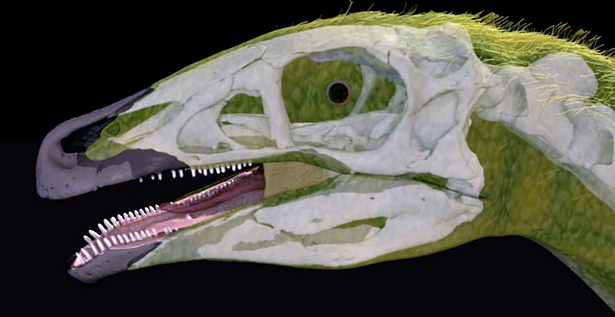life sciences
Cretaceous Cold Case No. 5: When Evidence Dries Up
How a Protein “Cancer Cop” Targets UV Damage in DNA
Small Number of Genes Have Big Impact on Fish Egg Quality
A Wealth of Wildlife, Right in the Backyard
Poisonous Water Leads to Bigger, But Fewer, Fish Babies
Nature in Your Backyard: Very Hungry Caterpillars
Coastal Upwelling Linked to Upsurge in Algal Toxicity
New Technique for Assessing Calorie Absorption Sheds Light on Genetic Driver of Obesity
Scientists Seek to Solve Oystercatcher Mystery – and You Can Watch Online
Cretaceous Cold Case No. 4: Graveyard Shift
Cretaceous Cold Cases No. 3: Duck(bill) Amuck
Study Shines Light on Mules, Their Blood Chemistry
New Species of Plant-Eating Dino Was Lunch for Prehistoric Crocs
Drawing on Real Life
